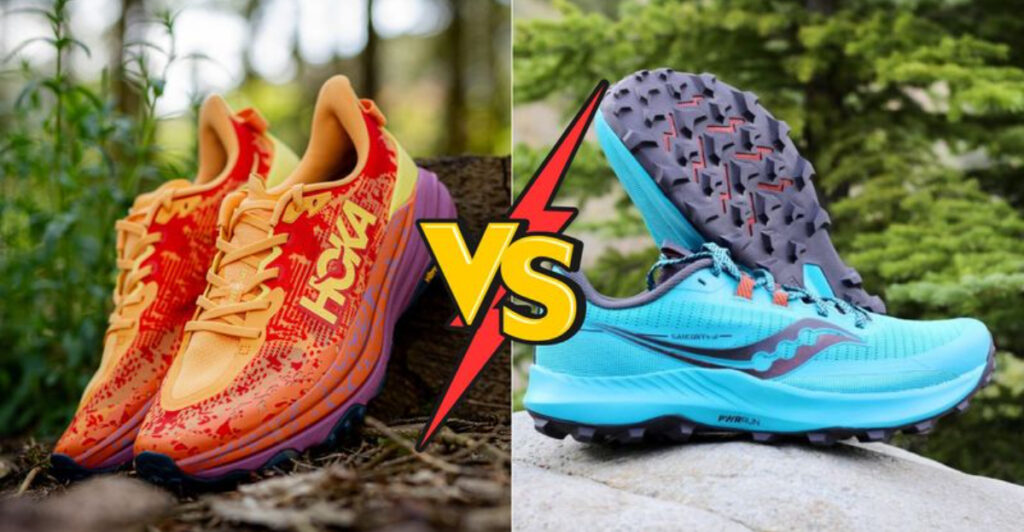Choosing the right trail running shoe can make or break your outdoor adventures. Two popular options dominate the trails: the cushioned Hoka Speedgoat and the responsive Saucony Peregrine. Both shoes have loyal followings, but which one deserves a spot in your gear closet? Understanding their key differences will help you pick the perfect match for your running style and trail preferences.
1. Cushioning Comfort Levels
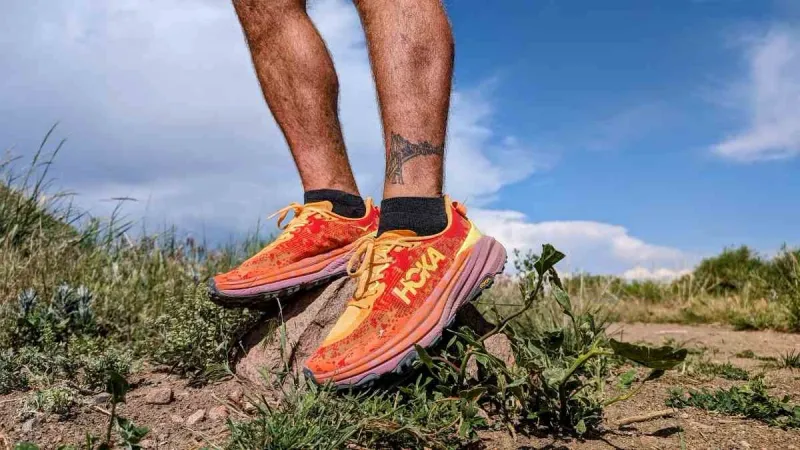
Maximal cushioning defines the Hoka Speedgoat experience. This shoe wraps your feet in plush comfort that feels like running on clouds, even after hours on rocky terrain.
The thick midsole absorbs impact beautifully, making it a favorite for ultra-marathoners and long-distance enthusiasts. Your joints will thank you during those grueling mountain climbs.
Meanwhile, the Saucony Peregrine takes a firmer approach with moderate cushioning. This design gives you better ground connection and quicker response times, perfect for technical trail navigation.
2. Weight and Agility Factors
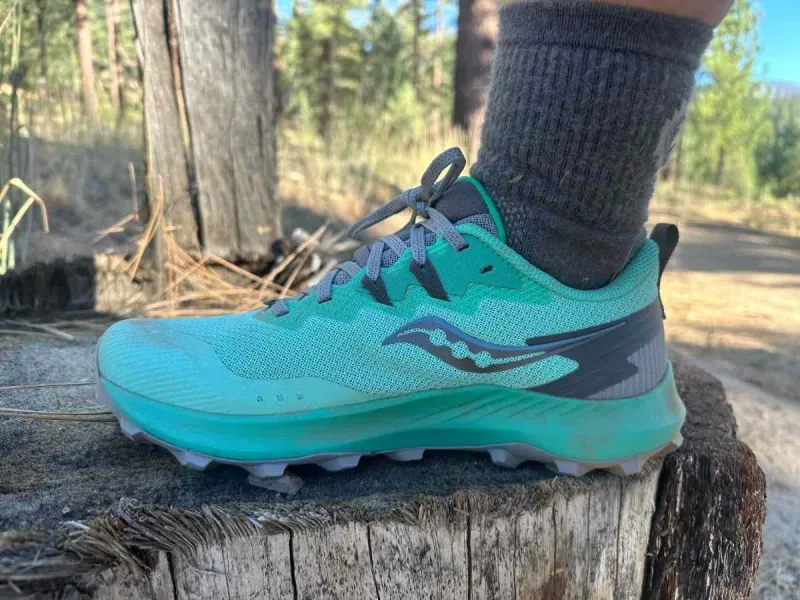
Every ounce matters when you’re racing up steep switchbacks. The Saucony Peregrine weighs about 9.8 ounces for men, giving it a noticeable advantage in nimbleness and speed.
This lighter build translates to less fatigue during fast-paced trail runs. Your legs stay fresher longer, especially on technical sections requiring quick foot placement.
The Hoka Speedgoat tips the scales at 10.5 ounces, making it slightly bulkier. However, many runners gladly accept this trade-off for the superior comfort and protection it provides on demanding terrain.
3. Traction Performance Analysis
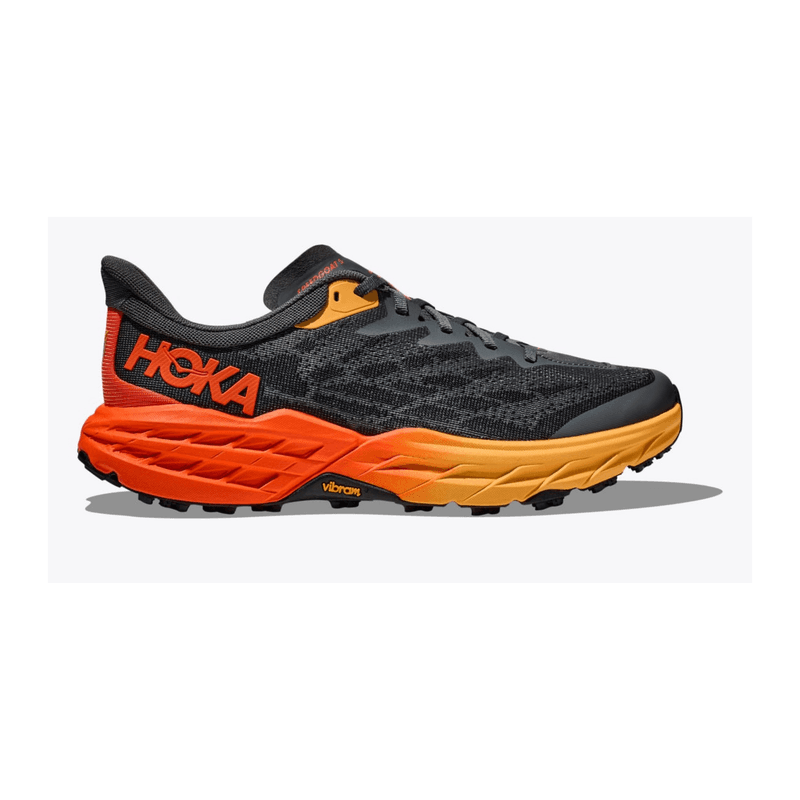
Grip can save you from embarrassing tumbles on slippery rocks. The Hoka Speedgoat features Vibram MegaGrip technology with aggressive 5mm lugs that bite into wet, muddy surfaces like a hungry bear.
This outsole design excels in challenging conditions where other shoes might slip. Rain-soaked trails and loose gravel become manageable obstacles rather than dangerous hazards.
Saucony’s PWRTRAC outsole on the Peregrine offers versatile traction across mixed terrain. The strategic lug pattern handles everything from dry dirt to rocky scrambles with confident grip and reliable performance.
4. Technical Terrain Stability

Navigating gnarly root sections and boulder fields requires different stability approaches. The Speedgoat’s wider base and generous cushioning create a stable platform for long, rocky descents.
However, some runners feel disconnected from the trail due to the higher stack height. This elevated position can reduce proprioception on technical terrain.
The Peregrine’s lower profile keeps you closer to the ground, enhancing natural stability and control. This design philosophy allows for better trail feedback and more precise foot placement on challenging sections.
5. Long-Term Durability Testing
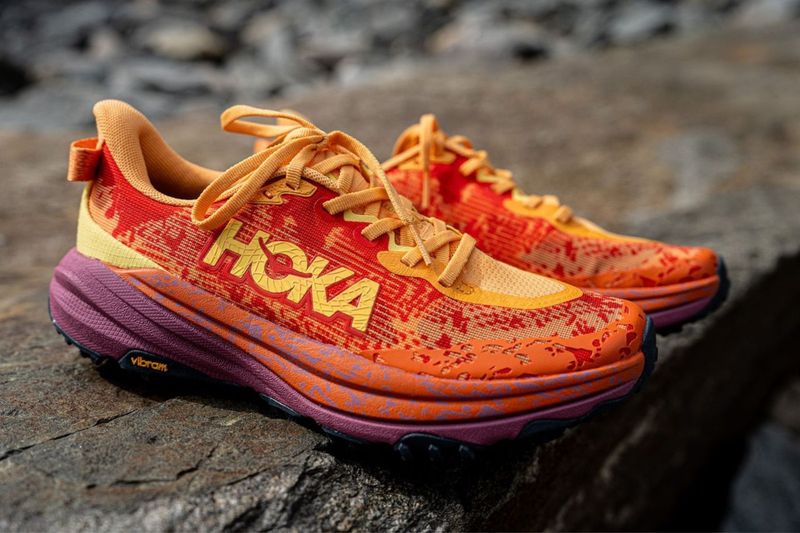
Nobody wants shoes that fall apart after a few hundred miles. The Hoka Speedgoat builds a reputation for lasting through extensive mileage, often reaching 400-500 miles before replacement.
The robust construction handles repeated rock impacts well. However, the soft midsole foam gradually compresses over time, reducing the signature cushioned feel.
Saucony engineers the Peregrine with protective rock plates and reinforced uppers for rugged durability. This tough construction resists abrasion and punctures, making it excellent for sharp, rocky trails that destroy lesser shoes.
6. Ideal Usage Scenarios
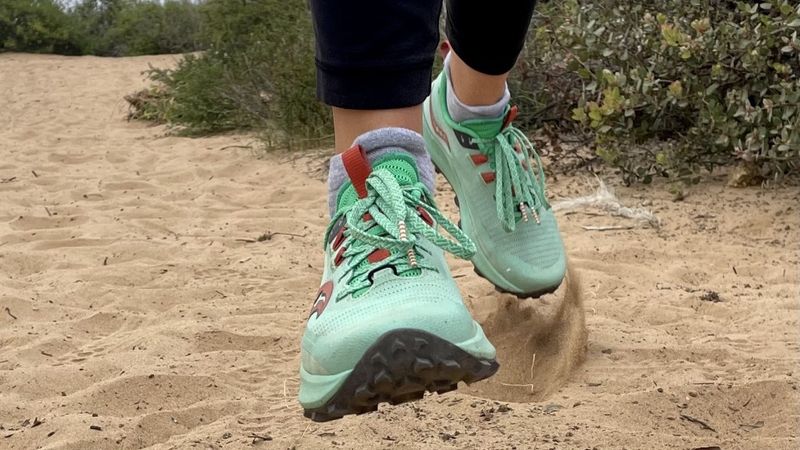
Matching shoes to your running goals prevents costly mistakes. Ultra-marathoners and long-distance hikers gravitate toward the Speedgoat’s comfort-first philosophy during all-day adventures.
The plush cushioning shines on extended mountain traverses where comfort trumps speed. Full-day hiking trips become more enjoyable with reduced foot fatigue.
Speed-focused runners and technical trail enthusiasts prefer the Peregrine’s responsive nature. Shorter races, tempo runs, and challenging single-track sections benefit from its agile, connected-to-the-ground feeling that enhances performance.
7. Price Point Comparison
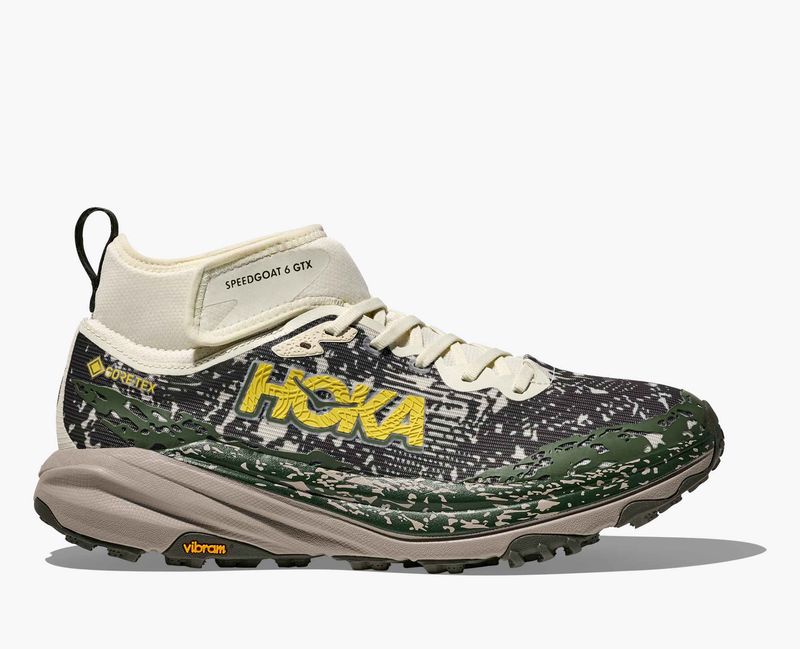
Budget considerations often influence final purchasing decisions. Both shoes retail in similar price ranges, typically between $140-$155 depending on the specific model and colorway.
Seasonal sales and clearance events can drop prices closer to $120, making either option more accessible. End-of-season deals offer the best value opportunities.
Cost-per-mile calculations favor whichever shoe matches your running style better. A perfectly suited shoe lasting 500 miles provides better value than a cheaper option that causes discomfort or wears out quickly.
8. Fit and Sizing Characteristics
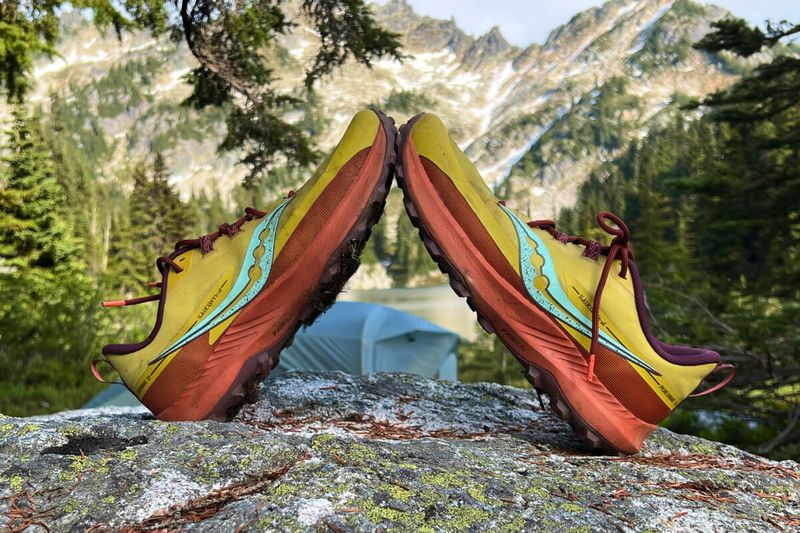
Proper fit prevents blisters and hot spots during long trail adventures. Recent Speedgoat versions feature a roomier toe box that accommodates wider feet and natural toe splay.
This generous fit works well for runners who need extra space or prefer thicker trail socks. The overall volume runs slightly large compared to road running shoes.
The Peregrine hugs feet more snugly with a narrower profile that creates a locked-in feeling. This secure fit enhances control on technical terrain but may feel restrictive for runners with wider feet or high arches.
9. Final Verdict Decision
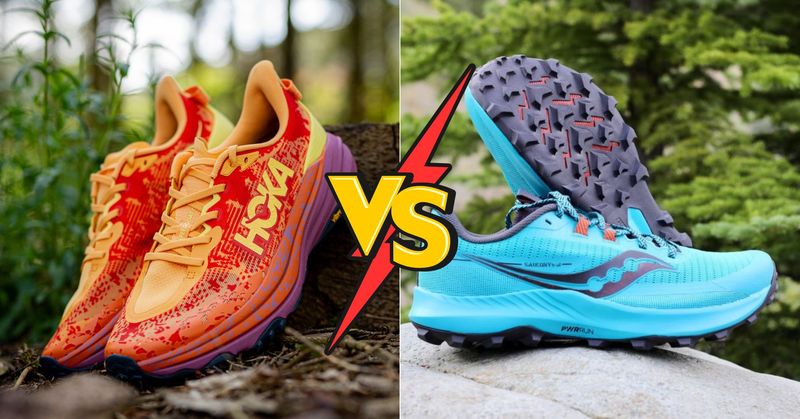
Your running preferences ultimately determine the winner in this trail shoe showdown. Choose the Hoka Speedgoat when maximum comfort and cushioning matter most for long-distance adventures.
Mountain ultra-marathons and extended hiking trips benefit from its plush protection. The superior grip handles challenging conditions with confidence.
Pick the Saucony Peregrine for speed-focused trail running and technical terrain mastery. Its responsive design and nimble handling excel on shorter, more intense trail sessions where agility trumps cushioning comfort.

